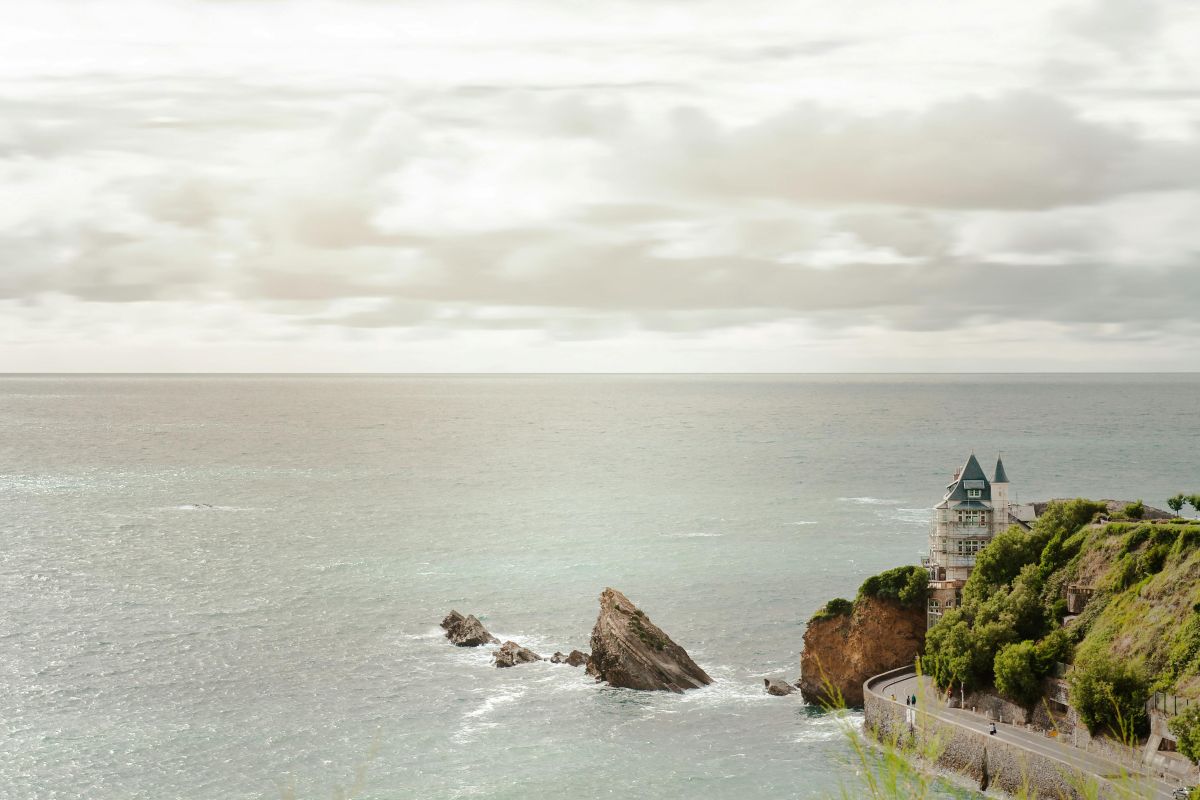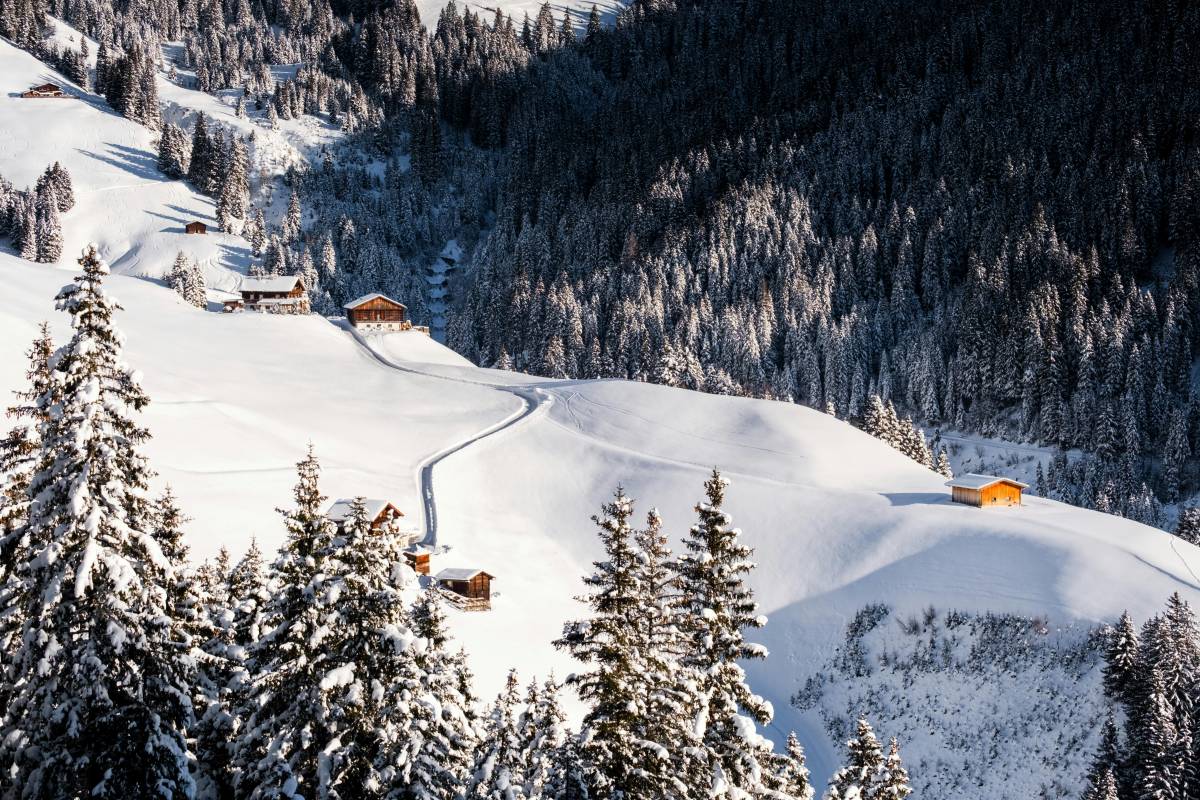Extreme heat, violent storms and floods: climate change is leaving its mark all over the world. Tropical paradises such as the Maldives, Seychelles, Bahamas and even Bonaire are seeing their beaches disappear due to rising sea levels. But closer to home, in Europe, we also have to deal with it. Along Europe's coasts, waves are advancing and more and more land is disappearing into the sea. Where is this happening and how does it happen?
Is Europe disappearing bit by bit into the sea?
In partnership with Mediabuild
We often think of faraway places when we think of climate change, but water is also advancing in Europe. According to ExpressVPN and their research show that this is going on in several places around the world, and Europe is no exception. Rising sea levels and extreme weather conditions are causing coastlines to disappear, islands to shrink and low-lying areas to become increasingly flooded. This is due not only to global warming, but also to subsidence, erosion and human intervention such as deforestation and large-scale construction projects. The combination of these factors makes some regions especially vulnerable.
How does land disappear into the sea?
Land disappearance is not just a matter of rising water. Coasts and islands face multiple processes that combine to cause land loss. These are the main causes:
- Human intervention: deforestation, urbanisation and construction projects weaken natural coastal protection, causing land to disappear faster.
- Sea level rise: global warming melts ice sheets and expands ocean water, causing water levels to rise.
- Soil subsidence: some areas are slowly sinking due to natural processes or human activities such as groundwater extraction.
- Erosion: waves and storms break up coastlines, and more severe weather due to climate change accelerates this process.
These places in Europe are slowly disappearing into the sea
Not only tropical islands suffer from rising sea levels. In Europe, too, waves are advancing and coastlines are disappearing bit by bit. Here are five places where the water is gaining ground:
1. Netherlands: the Wadden Islands
Texel, Vlieland, Terschelling Ameland and Schiermonnikoog, in short, our own Wadden Islands are facing erosion and sea level rise. The coastline is receding several metres every year, and without interventions such as sand replenishment, some beaches and dunes would already have largely disappeared. Especially the bowl area near Vlieland is at risk of silting up so much that sandbanks will no longer fall dry around 2030. This will literally leave less land. This change in the landscape is unfortunate for tourists, but a disaster for the area's flora and fauna.
2. Italy: Venice
Venice is sinking not only because of rising sea levels, but also because of subsidence. The city lies on wooden piles that sink into the marshy ground over the years. The famous St Mark's Square regularly floods due to ‘acqua alta’, extremely high water levels. You may have seen it pass by once in a sensational TikTok movie, but there is little funny about threatening to lose a wonder of the world (UNESCO heritage!) like Venice.
3. France: Aquitaine (south-west coast)
If you have ever been there on holiday, you probably haven't even noticed, but along the west coast of France, more and more land is disappearing into the sea. Near Aquitaine, on the Atlantic Ocean, nature swallows dozens of metres of beach every year through erosion. More violent storms and rising sea levels are causing sand dunes and cliffs to slowly crumble. Coastal towns and campsites are becoming threatened, and without intervention, the coastline will continue to recede.
4. Germany: Halligen in the North Sea
In the middle of the German Wadden Sea, in the state of Schleswig-Holstein, lie the Halligen: a group of small, undefended islands that largely disappear under water during storm surges. Unlike the larger Wadden Islands, such as Sylt and Borkum, the Halligen lack dykes, making them especially vulnerable to rising sea levels and more violent storms. The still 10 inhabited islands have houses built on mounds to keep dry feet, but without additional measures, some Halligen are at risk of becoming uninhabitable in the long term.
5. Denmark: Jutland's west coast
Jutland's rugged west coast has been shaped by the wind and waves of the North Sea for centuries. But these days, Denmark is losing land to the water at an increasing rate. The combination of sea level rise, storms and coastal erosion is threatening villages and roads. In some areas, sand barriers have to be built regularly to prevent the sea from swallowing up stretches of coast. Without this protection, parts of Jutland would simply disappear in a few decades.
Sources: rijkswaterstaat.nl, nemokennislink.nl, climatehelpdesk.org, environmental defence.nl. eucc-d.de, weather.nl. Photo credits: Daniel Frank (Pexels).












